Yokohama Chinatown is one of the city’s most iconic tourist destinations. It’s not just a place to enjoy authentic Chinese cuisine—it’s a vibrant, sensory wonderland packed with ornate gates, lively streets, and a constant buzz of energy. Think of it as part historic landmark, part foodie paradise, and part amusement park, especially when seasonal festivals and events sweep through the streets.
In this Yokohama Chinatown guide, you’ll discover everything you need to make the most of your visit—from the best places to eat and must-try dishes, to nearby attractions and top tips for getting there. Follow along and you’ll unlock the full charm of Yokohama Chinatown.
Table of Contents
What kind of place is Yokohama Chinatown?
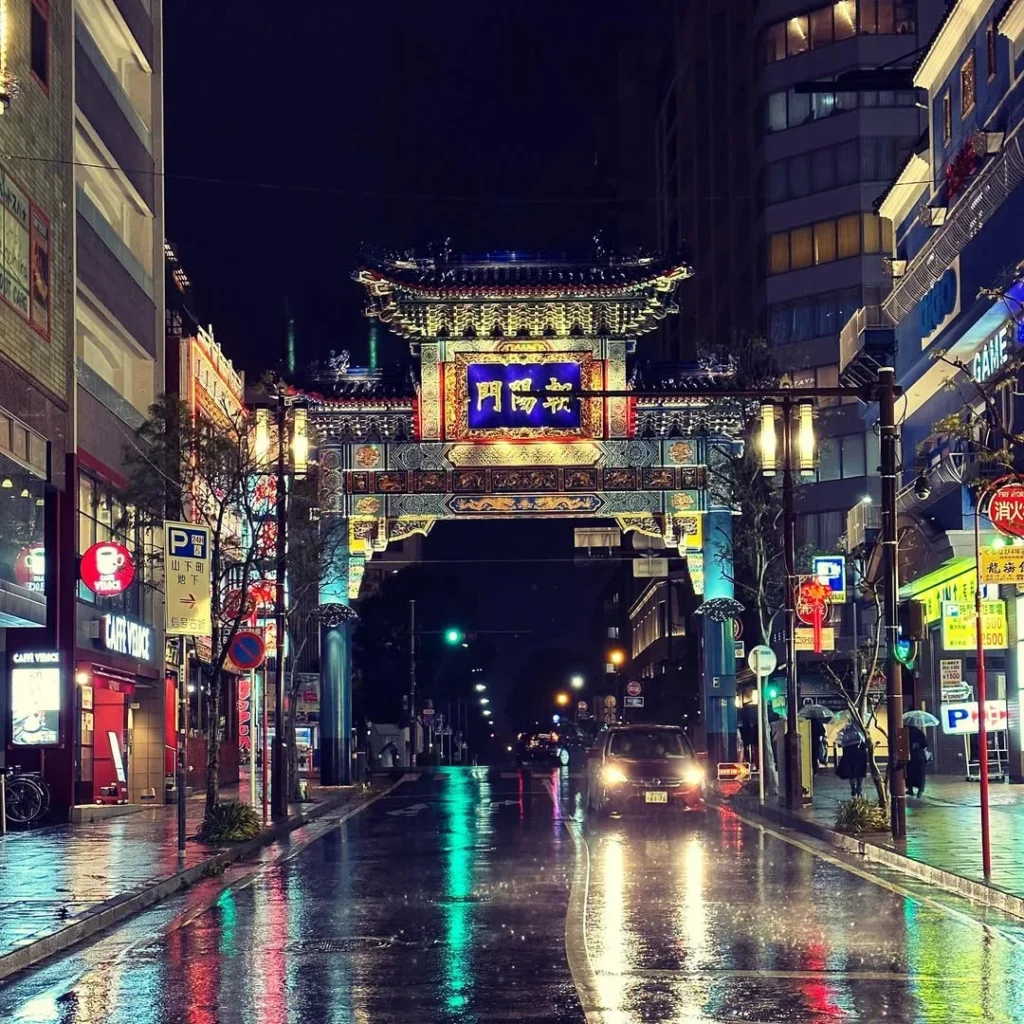
Just a 30-minute ride from central Tokyo lies the historic port city of Yokohama. And right at its heart is the legendary Yokohama Chinatown—a major tourist hotspot within walking distance from the popular Minato Mirai 21 area. That convenient access makes it easy to pair with other local attractions.
Alongside Kobe and Nagasaki, Yokohama Chinatown is considered one of Japan’s “Big Three” Chinatowns. It’s a compact but energetic area—about 500 square meters—enclosed by elaborate gates at each cardinal point and packed with over 600 shops, restaurants, and souvenir stalls.
Here, you can taste every major style of Chinese cuisine, from Beijing and Sichuan to Shanghai and Canton. The diversity is staggering. And when seasonal events come around, the whole neighborhood turns into a celebration, complete with colorful parades and dazzling decorations.
How to Get to Yokohama Chinatown
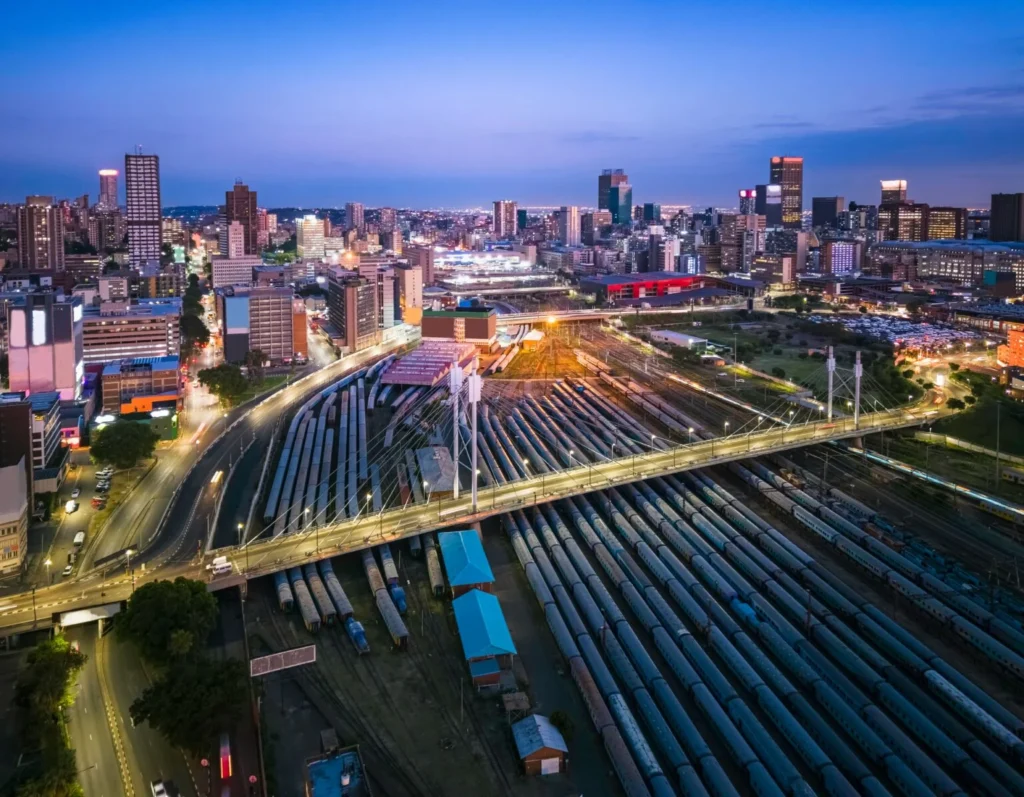
The closest station to Chinatown is Motomachi-Chukagai Station. From Yokohama Station, hop on the Minatomirai Line headed toward Motomachi-Chukagai. Once you get off, take Exit 1, and you’ll immediately see the vibrant Chōyōmon Gate right in front of you. Super easy.
Route Summary
- From Yokohama Station, take the Minatomirai Line toward Motomachi-Chukagai.
- Get off at Motomachi-Chukagai Station, use Exit 1, and you’re there.
Travel Time: Around 10 minutes.
Best Time to Visit Yokohama Chinatown
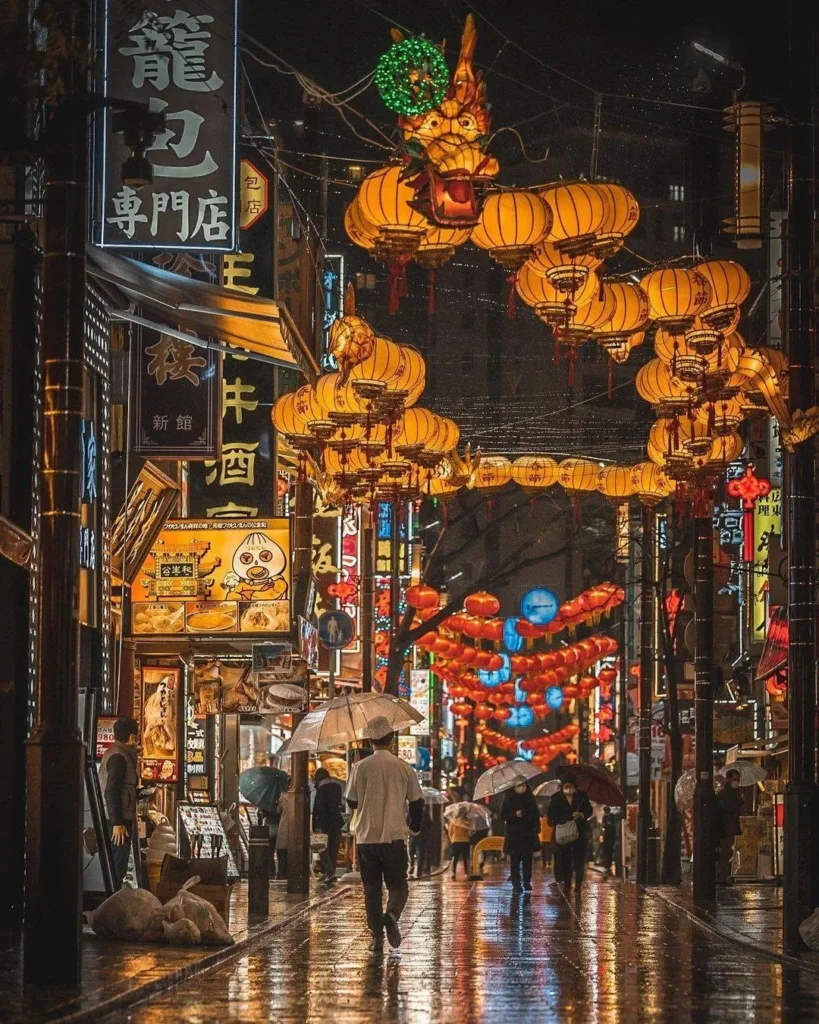
Spring and autumn are your best bets. The weather is mild and perfect for walking around and sampling food.
March brings the Mazu Festival, celebrating the opening of the Yokohama Mazu Temple (dedicated to the sea goddess). And October 1st marks China’s National Day, celebrated in spectacular style here. During these times, the already-colorful Chinatown becomes even more visually stunning, with ornate decorations and vibrant parades lighting up the streets.
3 Fun Ways to Enjoy Yokohama Chinatown
Yokohama Chinatown isn’t just for food lovers—it’s a place with something for everyone. Here are three classic ways Japanese locals (and visitors from Taiwan, too!) like to enjoy it:
1. Go all-in on street food: classics and trends
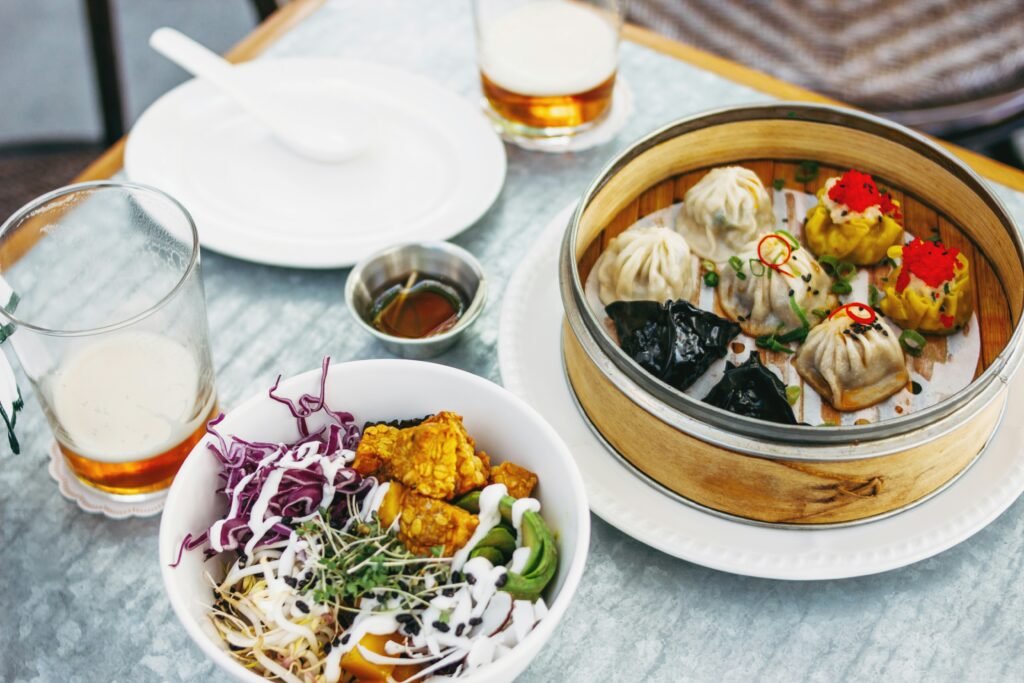
From high-end restaurants to street stalls selling the latest food trends, Yokohama Chinatown has it all. It’s one of the few places where you can sample all four of China’s major cuisines in one afternoon.
There’s always something exciting to try, whether it’s the iconic Peking duck, jumbo Taiwanese fried chicken, or those giant soup dumplings you sip through a straw. Don’t miss the chance to dive into both beloved classics and the latest trending bites.
2. Stop for a fortune-telling session

Fun fact: Yokohama Chinatown is one of Japan’s most competitive and respected areas for fortune-telling. Every street has multiple booths offering all sorts of readings—Eastern astrology, palm reading, tarot, even healing and therapy-style readings.
Because the area is so competitive, the quality is high, and many fortune-tellers have loyal followings. Even if you’re just curious, trying it out could lead to some surprising insights.
3. Try Taiwanese food in Japan
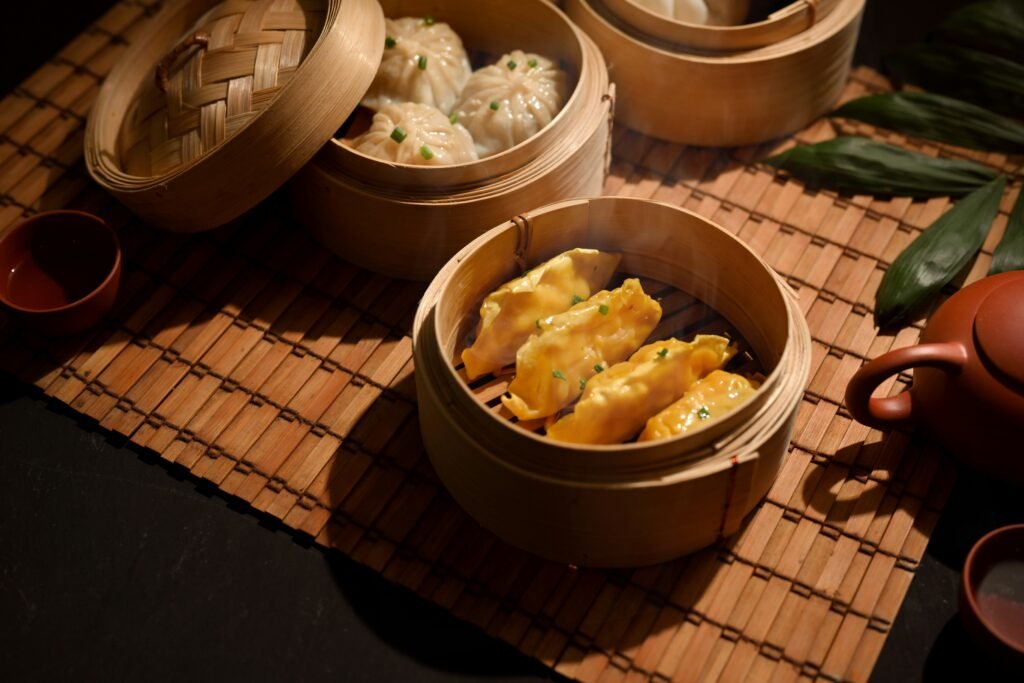
This Chinatown also has a strong Taiwanese presence. You’ll find shops that not only serve up classics like xiao long bao and lu rou fan, but also sweets like tapioca milk tea, tofu pudding, and Taiwan-style shaved ice.
Some restaurants are designed to make you feel like you’re in Taiwan itself. If you’re craving a familiar taste or curious about how Japanese Taiwanese food compares to the original, it’s worth stopping by.
2 Must-Try Street Food Spots
If you’re into Chinese steamed buns (and who isn’t?), these two legendary spots should be at the top of your list:
1. Edo Kiyoshi Main Store (江戸清 中華街本店)

Always buzzing with people and often drawing long lines on weekends, Edo Kiyoshi has been around for over 130 years—originally as a butcher. Today, it’s famous for steamed buns stuffed with premium pork, shrimp, crab, and fresh veggies.
2. Kōchō Dim Sum Shop (皇朝点心舗 本店)
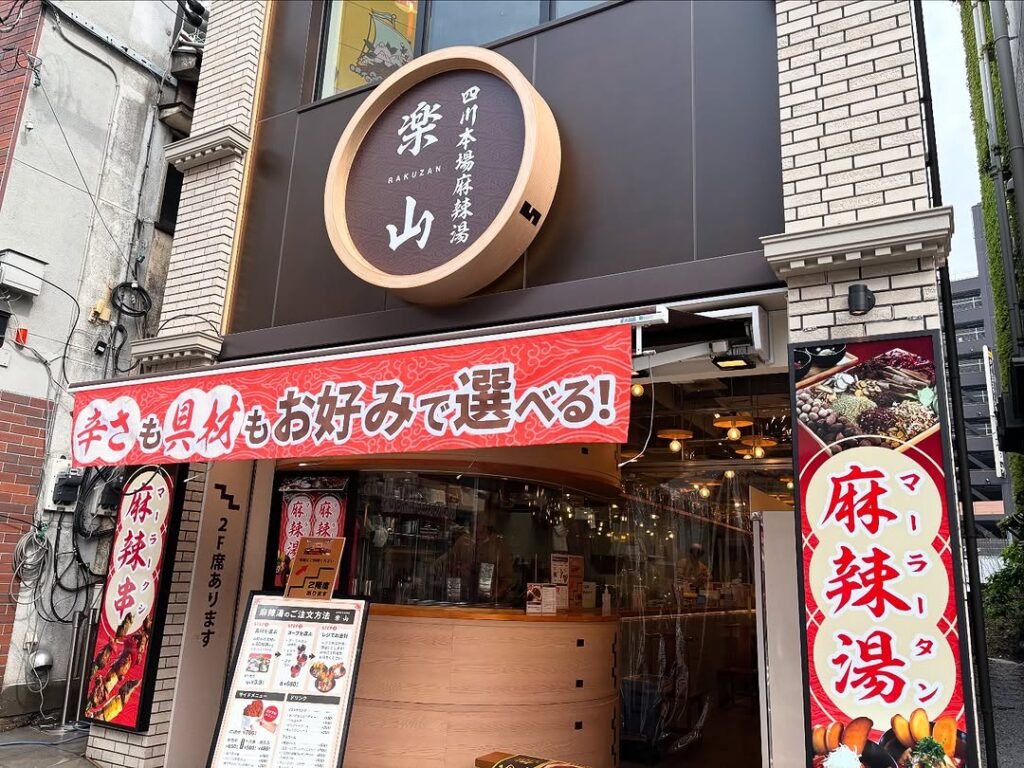
Run by champions of international Chinese culinary competitions, this shop serves up juicy handmade buns using fermented dough. A Chinatown staple and an absolute must-visit.
5 Authentic Chinese Restaurants to Dine In

If you want to slow down and enjoy a full meal, here are six solid picks with proven track records:
- Saikō Shinkan (菜香新館) – Open since 1988, this five-floor restaurant seats 400 and serves authentic Cantonese cuisine inspired by the founders’ home flavors.
- Ichiraku (一楽) – Operating since 1926, this old-school favorite blends Cantonese and Sichuan with touches of Shanghai and Beijing. Seasonal course menus are a standout.
- Yokohama Grand Hotel (横浜大飯店) – Right at the main gate of Chinatown, this 1962-founded gem serves all four great Chinese cuisines with care and finesse.
- Jūkei Hanten (重慶飯店 本館) – A refined Sichuan restaurant in a 7-story flagship location designed by renowned designer Alan Chan. Think elegant vibes and bold flavors.
- Manchinrō (萬珍樓 本店) – One of the oldest Cantonese restaurants in town, going back to 1892. Their executive chef trained in Hong Kong and Shanghai, and the focus is on drawing out the natural flavor of each premium ingredient.
3 Nearby Sightseeing Spots
Once you’ve had your fill of Chinatown, there’s plenty more to explore just a short walk away:
1. Motomachi Shopping Street
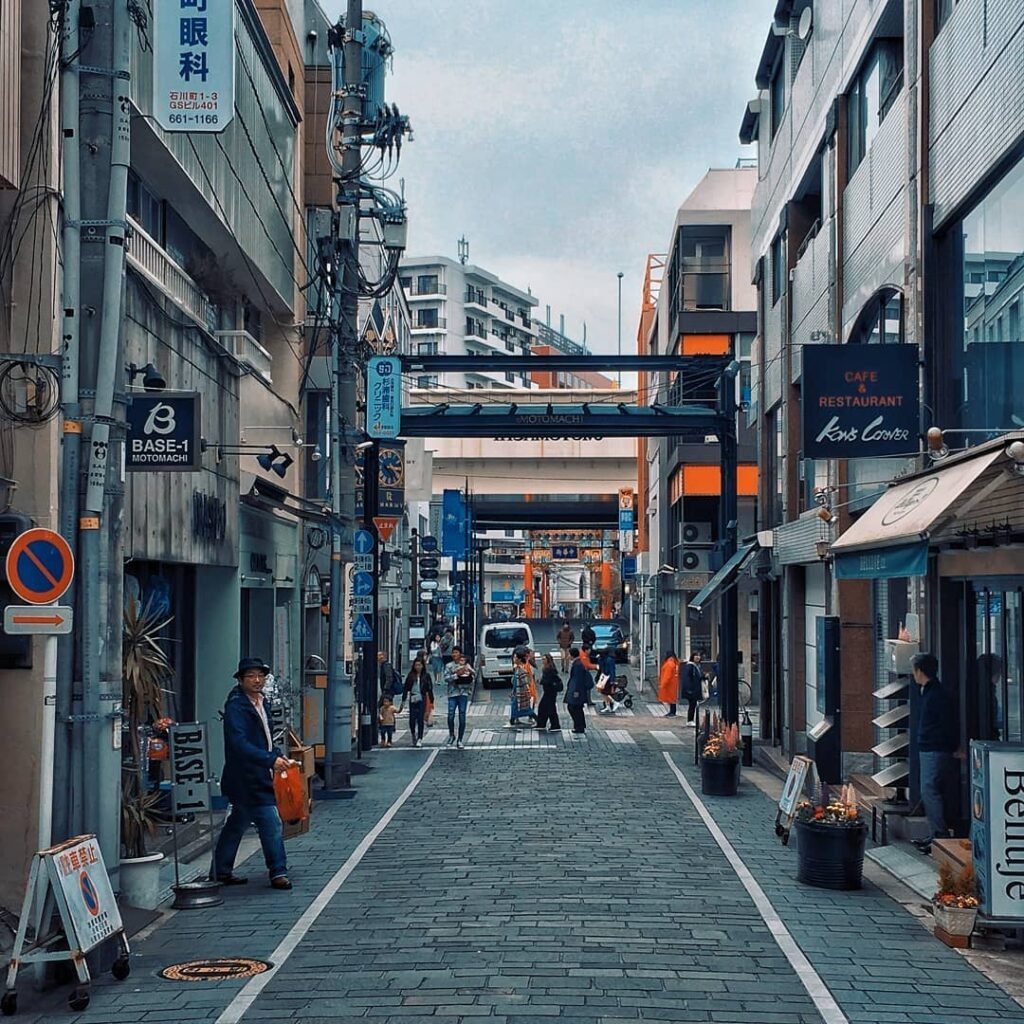
A Western-style shopping street with roots going back 150 years. Lined with stylish boutiques, cafés, and unique finds, it’s a chill place to stroll and shop.
2. Yamashita Park
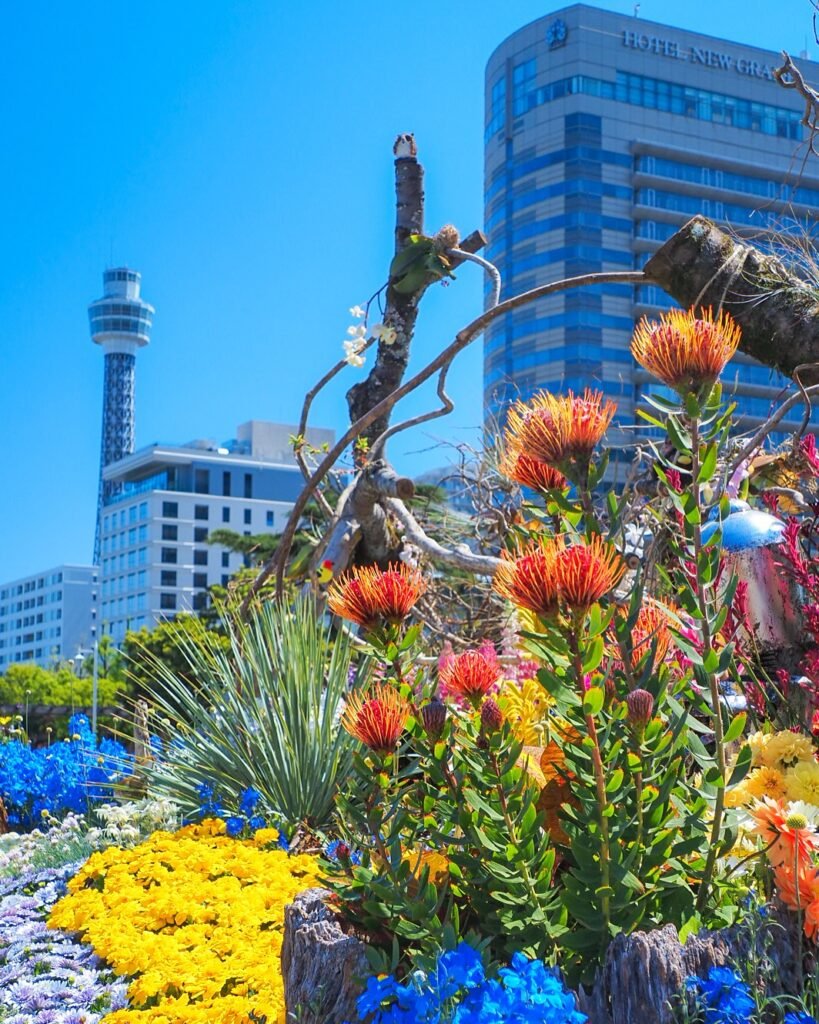
A peaceful park along the waterfront, built on land reclaimed after the Great Kanto Earthquake in 1930. Great for ocean views, flower beds, and sunset strolls.
3. Yokohama Red Brick Warehouse
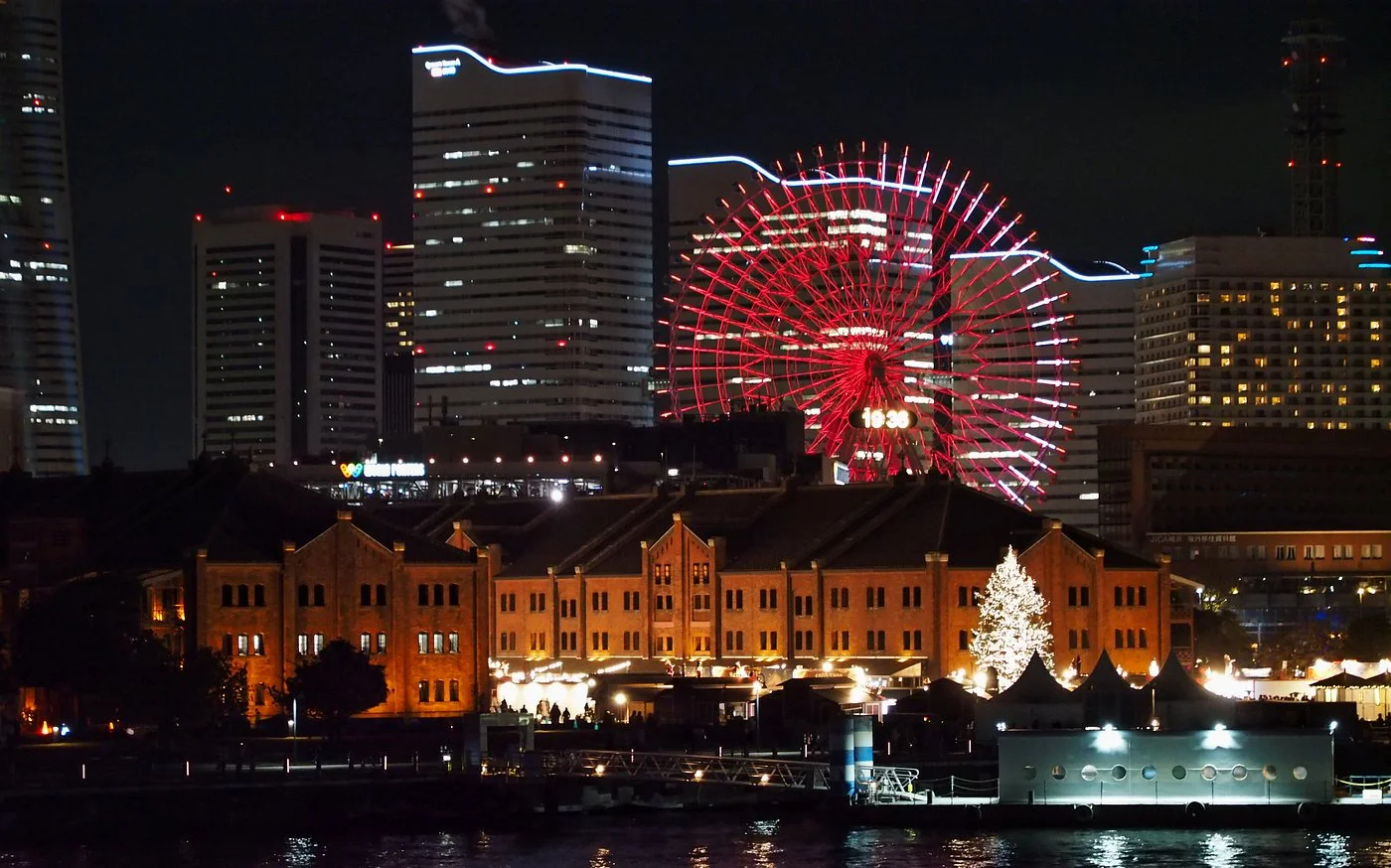
A pair of old warehouses turned into a hip shopping and cultural complex. Retro architecture meets trendy shops and restaurants—perfect for snapping photos and soaking up that historic vibe.
Frequently Asked Questions
Q: How much time should I plan for a visit to Yokohama Chinatown?
A: Half a day is usually enough, but if you plan to shop, eat a big meal, and explore nearby spots, give yourself a full day.
Q: How far is it from Minato Mirai?
A: It’s about a 20-minute walk or 5 minutes by train from Minato Mirai to Chinatown.
- Top Things to Do in Shinjuku: Where to Eat, Shop, and Discover Tokyo’s Urban Jungle (2025)
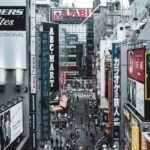
- Best Things to Do in Shibuya: Where to Eat, Shop, and Explore in Tokyo’s Trendiest District (2025)

- 7 Days in Tokyo Itinerary: The Ultimate Day-by-Day Guide for First-Time Visitors (2025)

- Ultimate Osaka Shopping Guide: Best Districts, Hidden Gems & Must-Buy Souvenirs (2025)

- What to Do in Ueno Tokyo: 20 Best Attractions, Eateries & Shopping Spots (2025)

